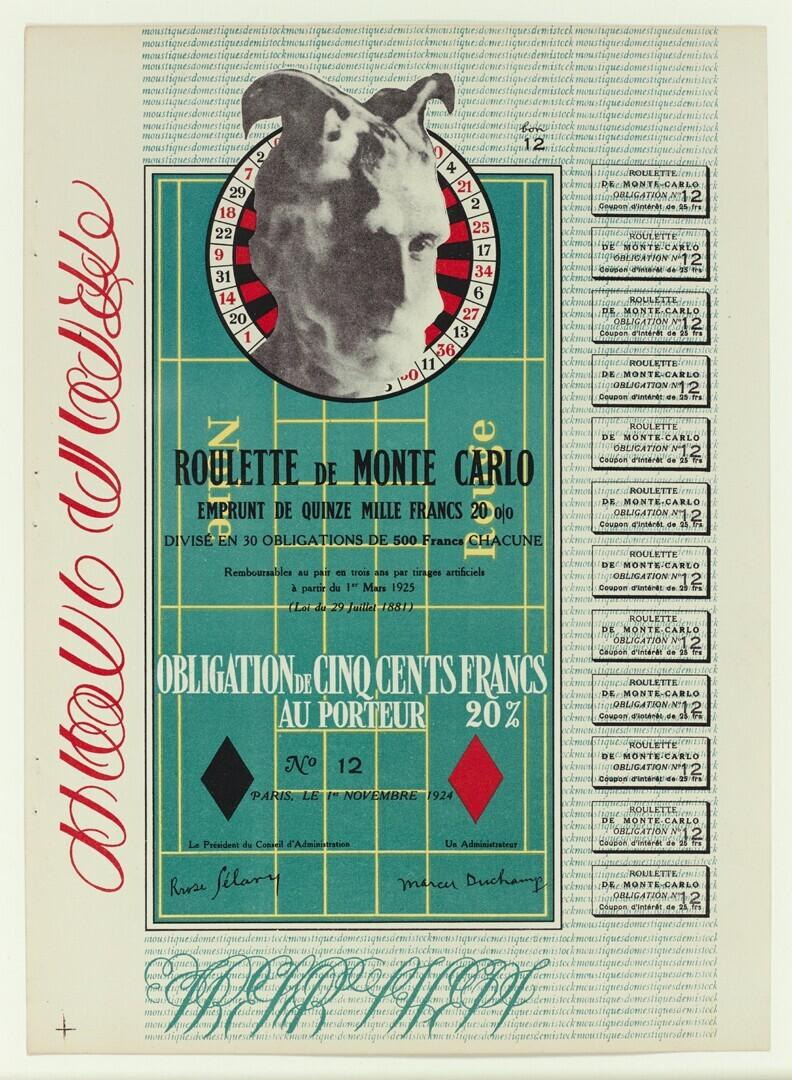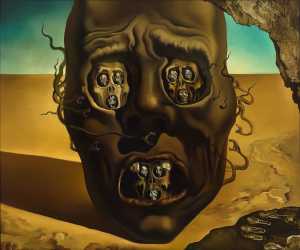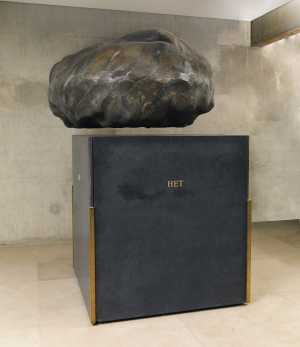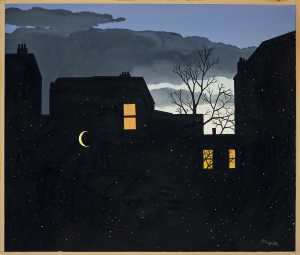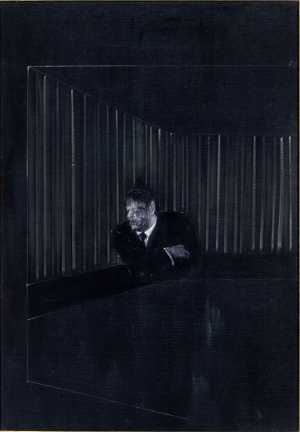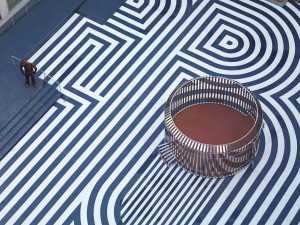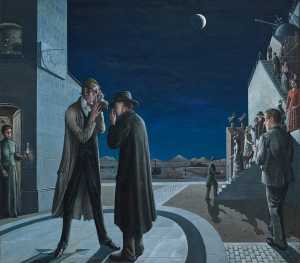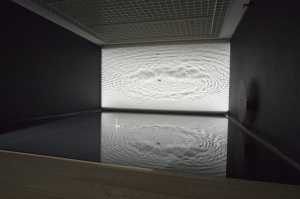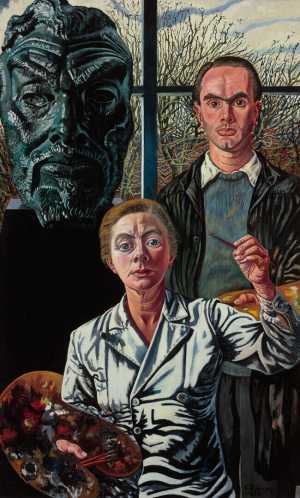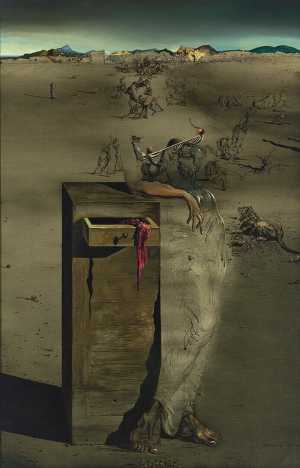Specifications
| Title | Obligation de Monte Carlo |
|---|---|
| Material and technique | Lithograph |
| Object type |
Print
> Two-dimensional object
> Art object
|
| Location | This object is in storage |
| Dimensions |
Height 315 mm Width 220 mm |
|---|---|
| Artists |
Artist:
Marcel Duchamp
|
| Accession number | MB 1991/3 (MK) |
| Credits | Purchase Stichting Fonds Willem van Rede. On permanent loan from the Cultural Heritage Agency of the Netherlands, 1991 |
| Department | Modern Art |
| Acquisition date | 1991 |
| Creation date | in 1938 |
| Collector | Collector / W. van Rede |
| Provenance | Galerie Ronny van de Velde, Antwerp |
| Exhibitions | Paris 1930*; New York 1936-37*; Munich/Paris 1972*; Philadelphia/New York/Chicago 1973-74*; Paris 1977*; Barcelona/Madrid/Cologne 1984*; Venice 1993*; New York 1997; Rotterdam 1998a; Rotterdam 2010; Rotterdam 2013-14b |
| Internal exhibitions |
Marcel Duchamp, Kunstenaar - Knutselaar (2013) Surrealism and Beyond (2016) |
| Research |
Show research A dream collection - Surrealism in Museum Boijmans Van Beuningen |
| Literature | New York/Philadelphia 1973, p. 297, cat. no. 146; De Jonge 1995, p. 54; Mink 1995, p. 72; Schwarz 1997, p. 484; Naumann 1999, pp. 137-38; New York 1999, p. 137; Schwarz 2000, pp. 703-04, cat. no. 406b; Von Berswordt-Wallrabe 2003, pp. 92-5; Marcadé 2007, pp. 267-70 |
| Material | |
| Object | |
| Technique |
Lithograph
> Manual
> Planographic printing
> Printing technique
> Technique
> Material and technique
|
| Geographical origin | France > Western Europe > Europe |







